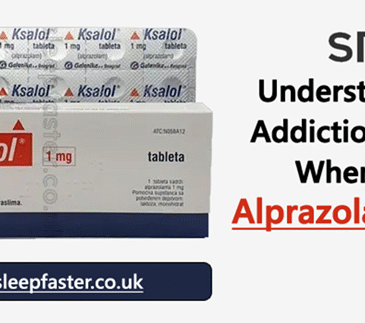
Radiation therapy is a critical element of cancer treatment, used to target and destroy cancerous cells. Over the years, various advancements in this field have aimed to enhance its precision and reduce potential harm to healthy tissue. Proton therapy, available at specialised facilities like the Proton Cancer Center, is one such innovation that has gained attention for its potential to be safer than traditional radiation. This article explores the critical differences between proton therapy and conventional radiation, examining whether proton therapy is indeed a safer option.
1. Understanding the Basics
Proton therapy and traditional radiation therapy both employ high-energy particles to target and kill cancer cells. However, the fundamental difference lies in the type of particles used. Conventional radiation employs X-rays or photons, which penetrate the body and release energy along its path, affecting both cancerous and healthy tissue. In contrast, proton therapy uses protons, which release their energy at a specific depth, delivering minimal radiation beyond the tumour site. This precision is where the potential for safety comes into play.
2. Targeted Treatment
One of the primary advantages of proton therapy is its precision in targeting tumours. Conventional radiation may inadvertently affect surrounding healthy tissues, leading to various side effects. Proton therapy minimises this risk, as it allows for tighter control over the radiation dose delivery. This precision is especially beneficial when treating tumours located near critical structures or in paediatric patients, where minimising damage to healthy tissue is crucial.
3. Reduced Side Effects
The reduced impact on healthy tissues often translates to fewer side effects with proton therapy. Patients receiving traditional radiation may experience skin irritation, fatigue, and long-term complications such as secondary cancers due to radiation exposure. Proton therapy can lower the risk of these side effects, thereby offering a safer treatment option.
4. Paediatric Patients
Proton therapy is particularly promising for paediatric cancer patients. Children’s growing bodies are more vulnerable to the harmful effects of radiation. Proton therapy’s ability to spare healthy tissue is vital in preventing developmental issues and reducing the risk of secondary cancers in these young patients, making it a safer choice for many paediatric cases.
5. Treating Complex Tumours
In cases where tumours are close to vital organs or structures, proton therapy’s precision shines. Treating complex tumours, such as those in the brain, spine, or near the heart, is safer with proton therapy as it minimises the chances of damaging critical structures. In contrast, conventional radiation may require a compromise in dose delivery to protect surrounding healthy tissues, potentially affecting treatment outcomes.
6. Safety Trade-offs
While proton therapy offers safety advantages, it’s essential to acknowledge potential trade-offs. This treatment is more expensive and less accessible in some regions, limiting its availability. The cost-effectiveness of proton therapy compared to traditional radiation remains a topic of debate, as patients and healthcare providers must weigh the potential safety benefits against the financial burden.
7. Evidence and Research
A growing body of clinical evidence substantiates proton therapy’s safety. Research has shown that proton therapy is associated with reduced side effects, improved quality of life, and better overall outcomes in various cancer types. However, more long-term studies are needed to establish its superiority definitively.
8. Individualised Treatment
The decision to opt for proton therapy or traditional radiation should be individualised. Factors like cancer type, location, stage, patient age, and overall health are significant in determining the best treatment approach. Discussing these options with a multidisciplinary healthcare team is crucial to making an informed choice.
Conclusion
Proton therapy’s potential to be safer than traditional radiation is evident, especially in cases where minimising damage to healthy tissues is critical. Specialised facilities like the Proton Cancer Center play a vital role in advancing this innovative therapy. As research continues to evolve, the medical community must strive to strike a balance between the safety benefits of proton therapy and the practicality of its use in the treatment of cancer. Ultimately, the safety of the therapy chosen should be determined by a collaborative decision involving the patient and their healthcare team, taking into account the unique circumstances of each case.




